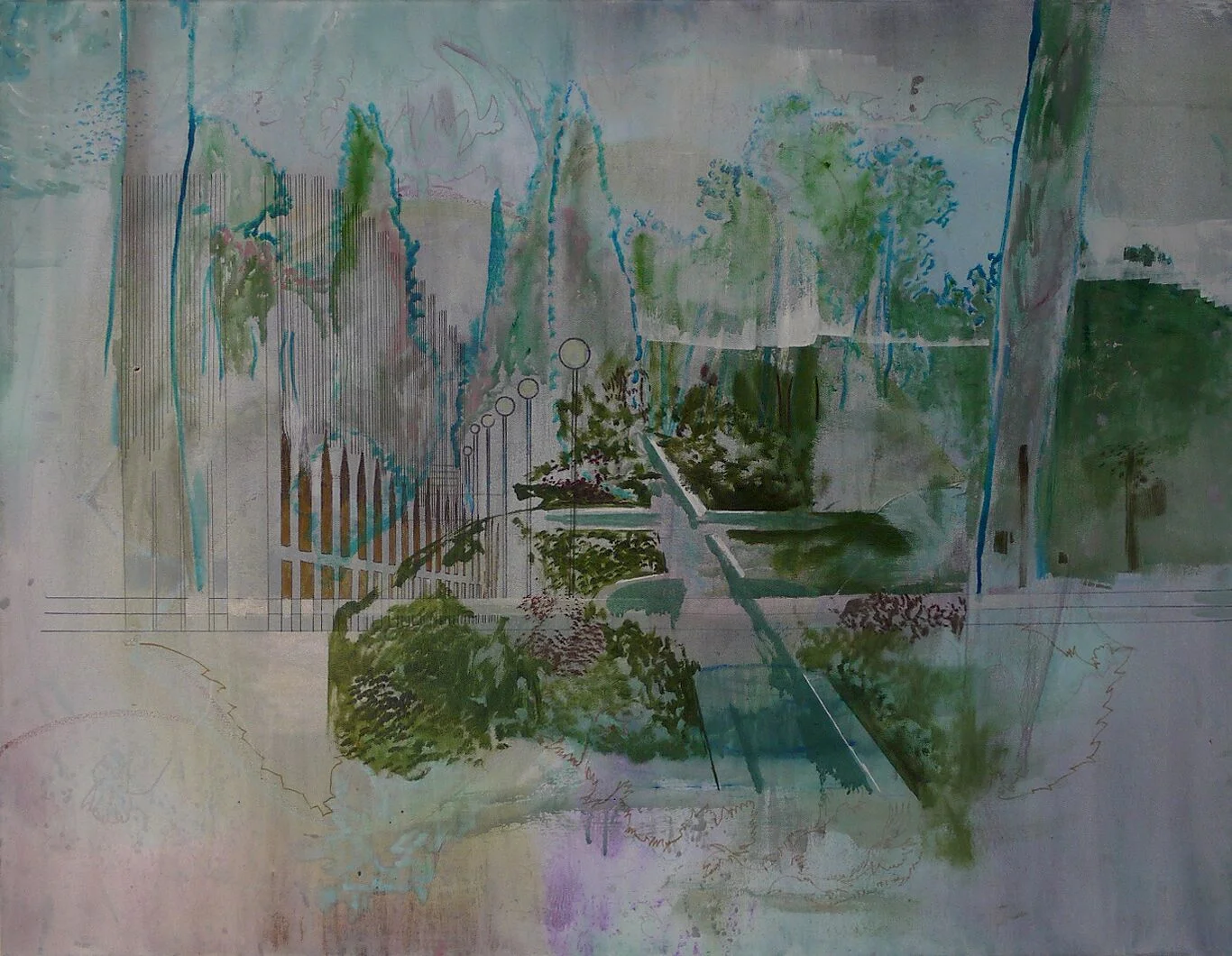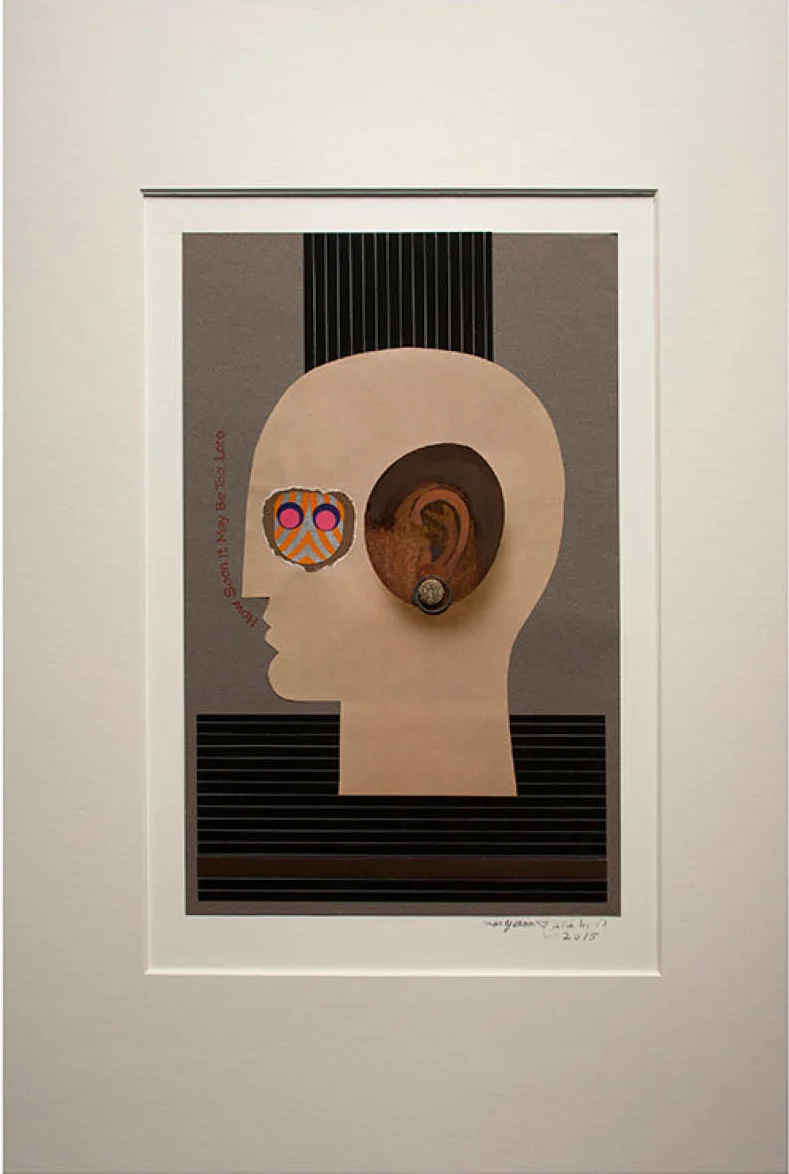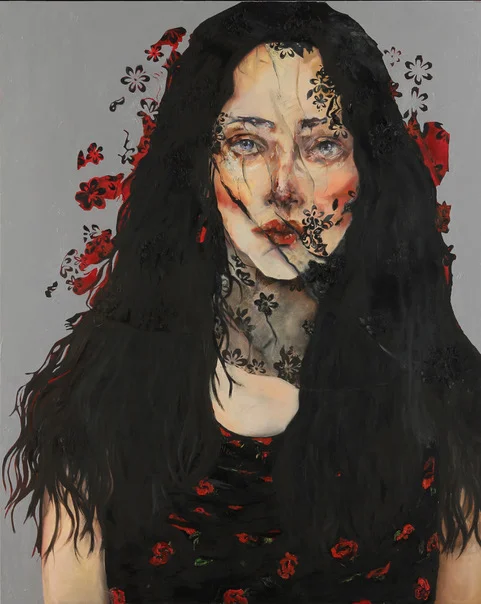if so, What?
A Complex Vision of Contemporary Iran
By Abby Margulies
In 2008 Roya Khadjavi found herself setting foot in her native Iran for the first time in over 30 years – something she had once promised herself that she would never do again. But as she entered the airport and found herself surrounded by people speaking her mother tongue in an official capacity, she became overwhelmed by emotion, a swell of feelings that she had not expected. On that first trip for a family wedding, inspired by her deep reaction to the country, she began exploring Tehran, visiting galleries and meeting gallery owners who she discovered were primarily female. Surprised by the thriving arts scene, and by the diversity of the art being exhibited, she became interested in the possibility of getting to know it better.
Khadjavi decided to begin exploring the arts scene more deeply, meeting artists, visiting their studios, and getting to know the local dealers. Inspired by this renewed connection to her country, she decided that she’d like to find a way to help these artists, and to connect them to curators and collectors in the US. In 2014 Khadjavi founded Roya Khadjavi Projects, and opened her first show, Portraits: Reflections by Emerging Iranian Artists, featuring the work of more than 25 Iranian artists all of whom had been born in Iran after the revolution and had all received their entire education in Iran. The show opened in at Rogue Space Gallery in New York to rave reviews, and Khadjavi’s reputation as a leader for Iranian artists began to grow. After being contacted by a number of Iranian artists working both in and outside of the US, Khadjavi decided to expand her scope, and to begin working with Iranian artists in the diaspora as well.
Khadjavi has had a long fascination with portraiture – which to her transcends the traditional definition to include any artwork that reveals who the artist is – as well as political and abstract art. Along with an interest in female artists or artists who take the female as their subject matter, these personal interests have largely driven Khadjavi’s vision for her curatorial endeavor. Through Roya Khadjavi Projects, she has mounted numerous successful pop-up exhibitions and brought the artists she works with to art and design events. As a philanthropist, she has also been influential in supporting the promotion and acquisitions of Art from the Middle East at the Guggenheim Museum and Asia Society in New York and is further engaged with young artists as co-president of the board of trustees of the non-profit Art in General.
At If So, What? Khadjavi will be showing work by 12 artists, all of whom in some way reflect the complexity of being a modern women in today’s society – both inside and outside of Iran – whether through their perspective as a female artist or through their subject matter.
“Partially due to my education at Wellesley, and perhaps due as well to my upbringing in a family where women were celebrated and encouraged,” said Khadjavi, “I get inspired and energized by the female strength, beauty, intelligence, talent, perseverance, patience, and humility all together.”
Many of the artists included in Khadjavi’s exhibition celebrate these multifaceted characteristics. Among the artists that will be included will be the Safarani Sisters, twins who create work together, largely of themselves and each other. Farzaneh and Bahareh Safarani were born in 1990 in Tehran, and came to Northeastern University to pursue their MFA. Their work takes as its subject the exploration of the self through ethereal paintings that the sisters overlay with video projections. Many of their works feature mirrors or curtains, exploring the way women reflect on and perceive themselves with regards to the outside world. The works that will be on view at ISW play with these themes, reflecting both the beauty of the female figure, as well as the desire to mask, hide, or protect oneself from full exposure to the outside world.
Like the Safarani Sisters, Sepideh Salehi explores the relationship between the inner female self and the outside world, through mixed media portraits of her friends and family. Many of Salehi’s works start out as photographs, which she then overlays with Japanese rice paper that has been imprinted with the delicate calligraphy of prayer stones. The resulting works appear as ‘veiled’ portraits that meditate on the contradictory role of women in Iranian society as beings who are at once strong and vulnerable, sexy and modest, powerful and inhibited.
Works by Farnaz Zabetian will further explore the complicated relationship between the female self and the outside world, through two portraits that look at the particular complexity of being a modern Iranian woman. Her work uses portraiture to contemplate gender inequality and the impact of tradition on everyday activities for Iranian woman, often through works where the female figure appears lifeless, emotionless, or placed in a completely surreal surrounding. Her works became so controversial in Iran that she ultimately decided to immigrate, and now lives in San Francisco, where she exhibits both locally and throughout the US.
Bahar Behbahani too meditates on Iran, but primarily through the lens of memory, loss, and the changing urban landscape. The works that will be on view at ISW are inspired by the ancient Persian gardens in Shiraz, which inspired the English word for paradise, but which are threatened due to drought and the footprint of tourism. Many of Behbahani’s work reflect on her memories of her native country as someone who is now displaced and living abroad.
Together the works will offer a complex vision of modern Iran through artists working both in Iran and throughout the diaspora, drawing on the culture, history, and materiality of the country to create contemporary artwork.
“I am very excited to participate in If So,What?‘s first edition and believe in what it stands for by mixing art, music, high tech, and culture to create a new, edgy, relevant, modern, and fun event,” said Khadjavi. “Getting recognition for my artists is what motivates me the most, but selling their work is equally exciting. I want them to be able to make their living from their art. I want my efforts to continue and remain something vital and important, both for the artists I represent and for the audience I want to reach and educate.”
















